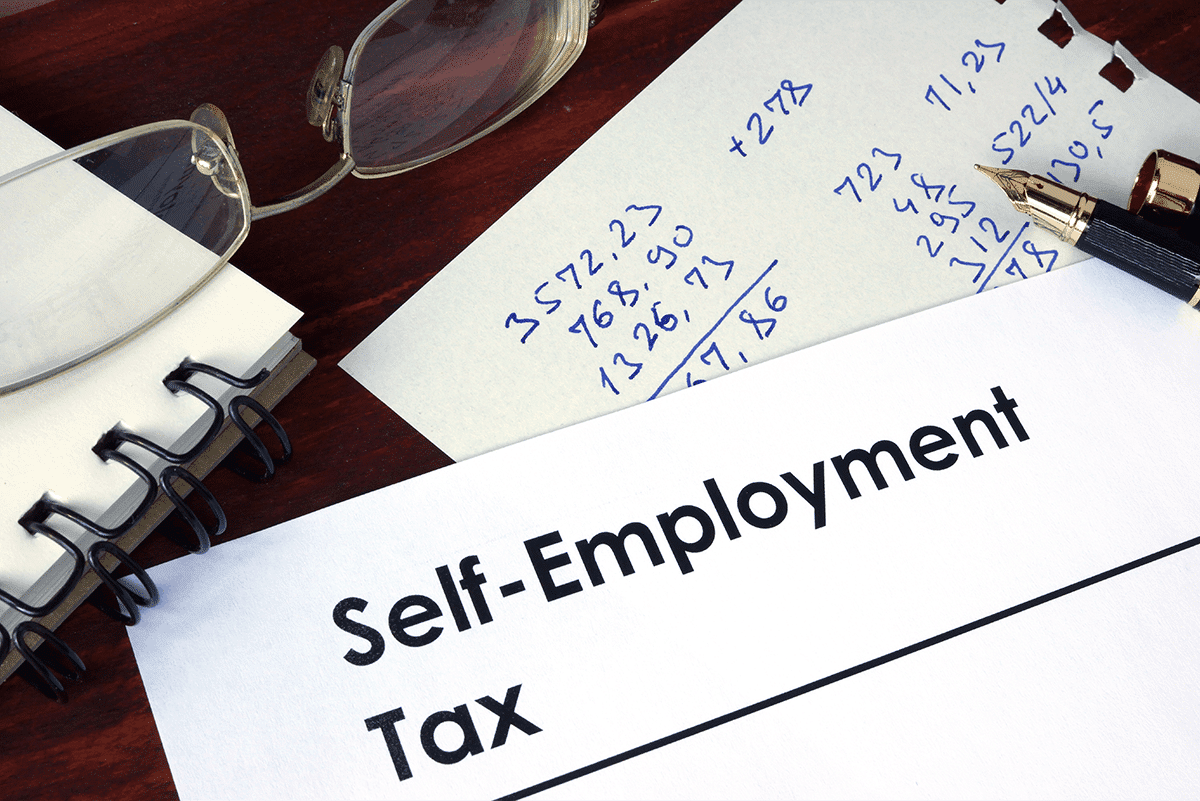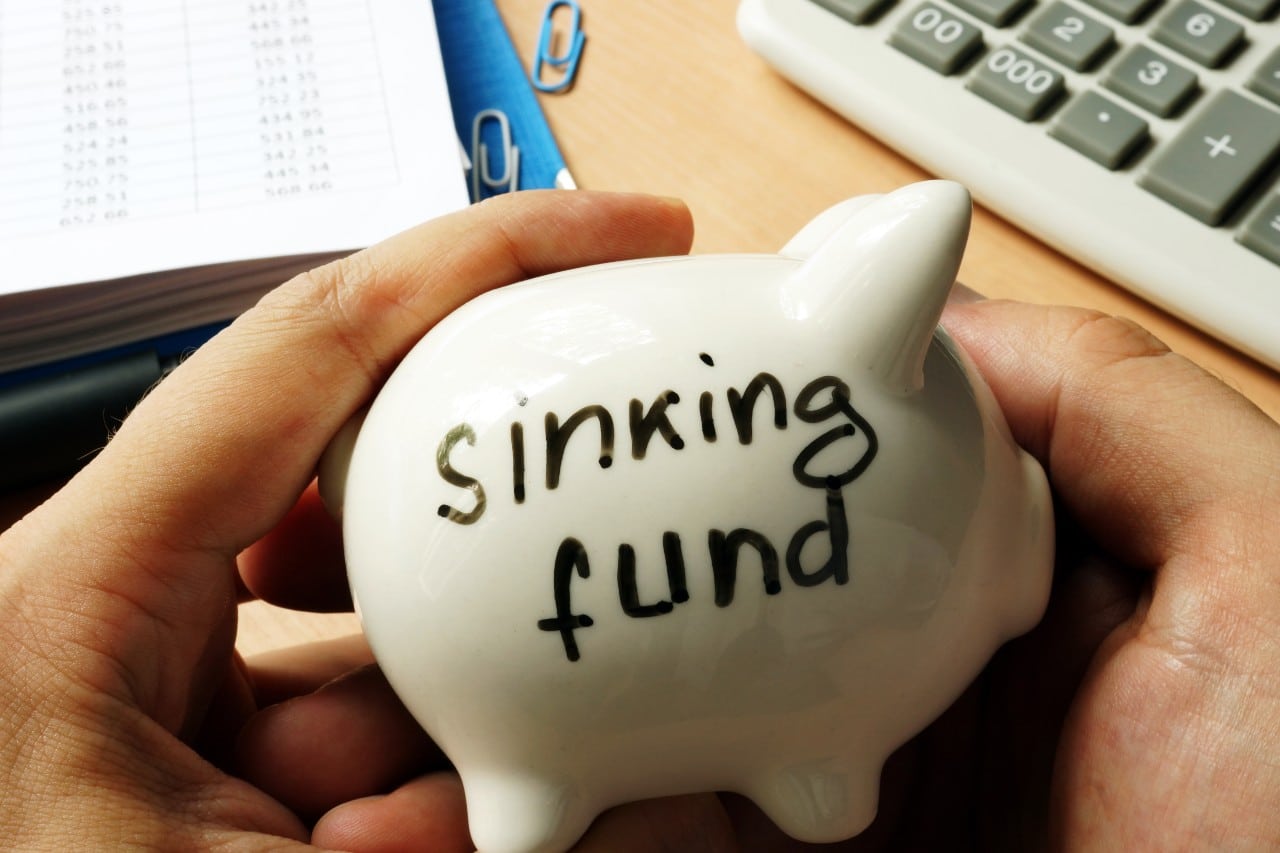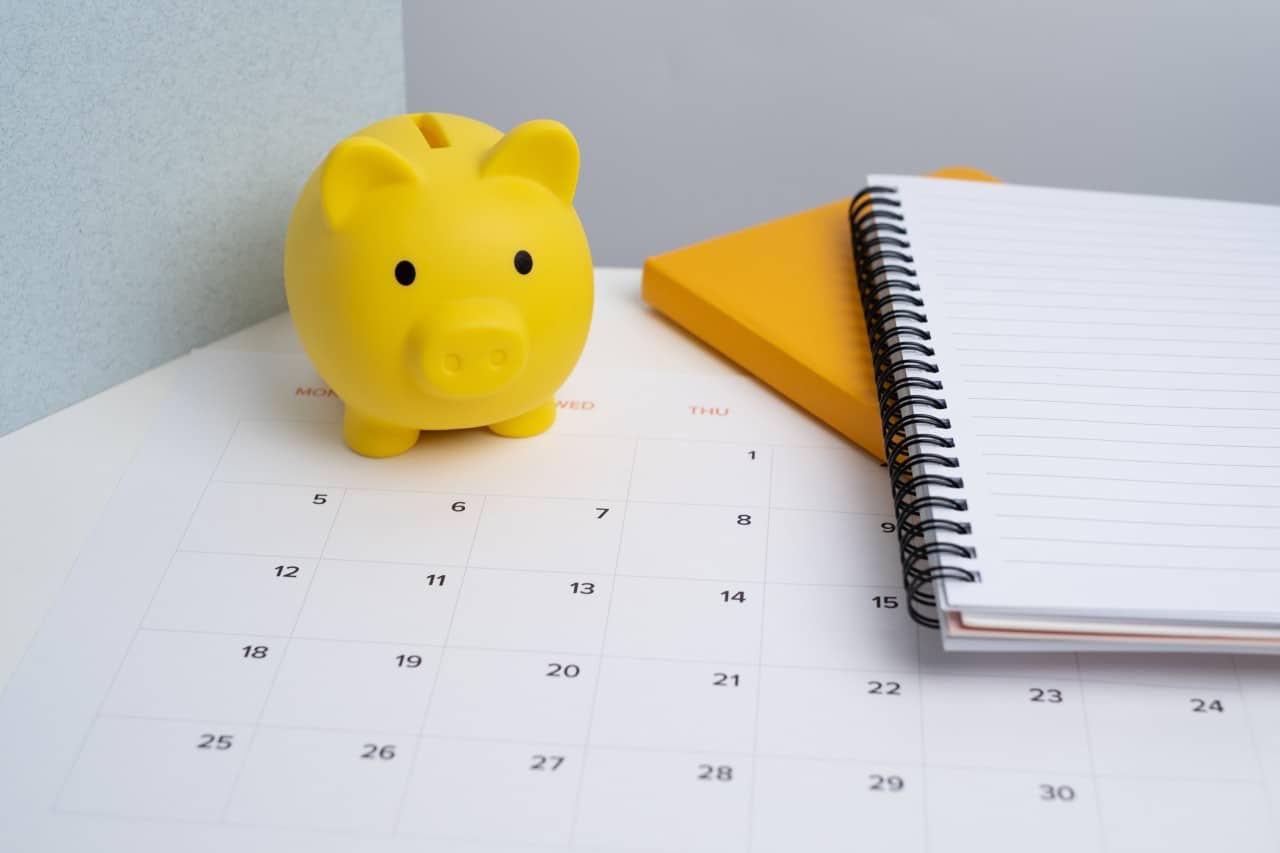If you have to file self-employed taxes this year, you may be confused with how they differ from personal taxes. Income tax season is already complicated enough. Not only do you have to file your tax return, but you must also submit the tax return for your business.
Filing taxes for both may feel overwhelming, but it doesn’t have to be. Getting and staying organized is critical to the process. See the information below to approach this current tax year with knowledge and confidence.
The filing deadline for 2019 taxes has not been extended, it is still June 15.
The payment date for owed money for 2019 has been extended to September 1, 2020. Penalties and interest will not be charged if your balance due is paid by September 1, 2020.
The Basics of Filing Your Self-Employed Taxes as a Small Business Owner
Tax season is a busy time for business owners. Whether your business is set up as a sole proprietorship or corporation, dealing with different sources of taxable income, managing business expenses, and claiming GST/HST can be a daunting undertaking of any kind.
If you’re someone who runs their own business, there are many expenses you can deduct to lower your tax bill. Here’s what you need to know about this year’s tax season.
What’s business income?
Any money that you earn from engaging in business activities is considered business income. This includes money you make from a side hustle, freelance work, or selling a product or service you made.
You may need to register and charge your customers HST or GST, depending on the industry that you’re in. You’re then required to remit the sales tax from your customers to the Canada Revenue Agency (CRA).
Self-employed persons have different tax filing deadlines
Self-employed persons have a different tax deadline to the CRA by June 15 of the following year, unless June 15 falls on a weekend or holiday (otherwise it becomes the next workday).
This means you have six weeks longer to file your taxes than most Canadians. However, if you owe money to the CRA, you still must pay by April 30, just like the rest of Canadians.
If you can’t afford to pay your tax balance in full, pay what you can. That will mean less interest that’s accruing with the CRA.
Likewise, if you’re a small business owner and you still can’t afford to pay your taxes owing by June 15, it’s always a good idea to file your tax return. By submitting your tax return, you can avoid a late tax filing penalty on top of the interest that’s already been accruing.
Deducting business expenses
As a business owner, you can deduct expenses related to running your business. Applicable tax deductions may include office supplies, telecommunications, marketing material, and advertising costs. If you’re running your business out of your home, you can deduct home office expenses.
When deducting home office expenses, it can be a little tricky sometimes. That’s because you’ll need to separate your business from your personal expenses. You can only deduct expenses related to your business.
Business accounting software can make your life a lot easier, as can seeking out the help of an accountant. Here’s a helpful page on the CRA website you can refer to for more information.
Claiming office expenses on your self-employed taxes
Do you rent out a space for your business’s offices? You can deduct the full amount as a business expense.
If your office is in your home, you first have to figure out how much space the office takes up in your home. After that, you can deduct the expense. Divide the square footage of your office by the square footage of your home.
Let’s say your home office is 200 square feet, and your home is 2,000 square feet. In this case, your home office takes up 10 percent of your home. The CRA will, therefore, allow you to deduct 10 percent of your mortgage interest, rent, utilities, home insurance, repairs, and other home office-related expenses when filing your income tax return.
Claiming capital cost allowance
Did you acquire any depreciable property? Examples of depreciable property include furniture or equipment that you need to operate your business. If you did, you can deduct it, however, not right away. It occurs over the life of the item.
The CRA’s reasoning is simple. Items wear out or become obsolete over time. As such, you must deduct the cost over several years instead of all at once. The amount you can deduct each year is the capital cost allowance (CCA).
(Note: The CRA doesn’t let you deduct the full expense of the depreciable property when calculating your net professional or net business income.)
Sole Proprietorship vs. Incorporate
You’ll have an important decision to make as a business owner. Do you want to set up your business as a sole proprietorship or a corporation?
If you set your business up as a sole proprietorship, you’ll be required to fill out the T2125 form, Statement of Business or Professional Activities. It’s on this form you’ll declare the income that your business earned while claiming any expenses related to your business.
Use this form to calculate your net professional or net business income. Your net professional or net business income is just a fancy way of saying the income you must declare on your tax return and pay income taxes based on your personal tax rate.
If your business is incorporated, you’ll have to file a separate corporate tax return different from your personal tax return.
You’ll want to speak to a tax professional when deciding to incorporate or not. While the tax rates may be lower when you incorporate, there are other factors to consider as well.
Hold onto your receipts
Hold onto your receipt for any business expenses. The CRA can ask you for proof of any business expenses that you’ve claimed for up to seven years after you claim them. According to the CRA, when claiming business expenses, you need to back them up with a sales invoice, agreement of purchase and sale, receipt, or some other voucher supporting your claim.
Although there should be a paper trail for most expenses, if you pay for any business expenses in cash, make sure to ask for a receipt or voucher. Any receipts should have the date and the vendor’s name. Be sure to hold onto your receipt for your own records, but you don’t need to send it to the CRA unless instructed otherwise.
Here’s a list of common (and uncommon) business expenses you may be able to deduct.
- Business operations
- Start-up costs (including interest and fees on money borrowed for your business)
- Delivery or shipping costs
- Legal, accounting and similar professional fees
- Telephone, Internet, and cable
- Utility costs
- Entertainment and travel
- Cost of cheques
- Bank fees
- Yearly dues for commercial and trade organizations
- Parking fees
- Private health service plan premiums
- Interest on vehicle payments
- Office cleaning supplies
- Annual dues for commercial or trade organizations
- Parking fees
- Private health services plan premiums
- Interest on vehicle payments
- Cleaning supplies for home office
- Deductions for bad debts
- Cost of recovering balances owing to you
Feeling stressed as a business owner? There are online tools and tax professionals that can assist you with your tax filing. If you end up paying for an accountant, the good news is that their fees can be deducted next year as a business expense, helping lower your self-employed taxes next time.
Getting the Most Out of the CRA Biz App
If you’re a small business owner in Canada, you should have access to My Business Account. If you don’t already have access to it, register to gain access to it today. Doing so can make handling your finances much more manageable.
Once you register for My Business Account, you can use your login information to gain access to the CRA BizApp.
If you don’t know, CRA BizApp is a mobile application where you can securely make payments, view accounting transactions, and keep track of your upcoming payments and remittance. You’ll have quick, easy, and most importantly, secure access to all of these handy tools at your fingertips.
There are several other helpful functions the CRA BizApp offers.
Pay on the World Wide Web
You’ll have a lot easier time making your upcoming payments using the CRA BizApp. You can pay HST/GST remittance, payroll, and your income tax bill quarterly as it comes due.
Some newer features of the app include:
- My Payment: Make secure payments using a version of My Payment from your mobile phone.
- View and submit remittances: <ake payroll remittances and view your year-to-date remittance total on the app’s summary page.
- View and pay interim balances: With this, you can now pay GST/HST and corporation income tax instalments from CRA BizApp and view the interim balance on the app’s summary page.
- Manage payroll return status: Easily view your payroll accounts and stay up to date with your business account balances.
- Make a payment at Canada Post outlets via cash or debit: This lets you generate a QR code to make a payment at Canada Post outlets using cash or debit (plus a fee).
Managing your various accounts on the go
The CRA biz app makes it easier to bring up and manage your multiple accounts while you’re on the road. You can instantly check interim balances and gain access to your online messages and return notifications.
Another newer feature is the ability to use the returned mail indictor. This lets you see your returned mail notifications in case any of your mail has been sent back to the CRA in error. Using the CRA BizApp, you can view the following accounts:
- Corporation income tax
- Payroll
- Excise duty
- Goods and services tax / harmonized sales tax (GST/HST), although not accounts administered by Revenu Québec
Checking statuses
When you’re self-employed, you may be juggling several tasks. You may need to pay tax, your credit card balances, and employment income to your employees on payroll.
Although the CRA BizApp can’t help you with that, it can help with managing several accounts. With the BizApp, you can check your accounts at any time in real-time. Besides seeing transactions, you can look at your expected GST/HST return and see the statuses of filed payroll as well as any corporate tax returns that have been filed.
Don’t miss the self-employed taxes deadline or payment again
Although the CRA BizApp may take some time to set up, it’s well worth the effort. Once the app is up and running, you’ll be a lot less likely to miss an important deadline or payment. That’s because the app will send you reminders about upcoming payments and deadlines.
The app also gives you the option of adding the deadlines to your calendar. Otherwise, you can choose to be notified by pop-up notifications. The app will remind you about important things such as:
Instalments:
- Individual income tax
- Corporation income tax
- Goods and services tax / harmonized sales tax (GST/HST)
Returns:
- GST/HST return
- T2 corporation income tax return
- T4 information return
- T5013 partnership information return
- Income tax and benefit return
Remittances:
- Payroll
- GST/HST
User access
Do you want to grant access to the app to more than one user at your organization? Give access to several individuals at your organization to view your business’ information. People who can gain access to the app at your business include anyone who’s an owner, partner, director, or officer.
To gain access, your social insurance number (SIN) must be associated with the business number. You can do that by filing the appropriate paperwork with the CRA. This may take several weeks to set up, but it’s well worth it.
Once you complete setup, you can request for official tax documentation to be sent that shows the individual’s names who are authorized individuals at your tax centre.
Hours of operation and Compatibility
The timing of CRA BizApp depends on where your location. You can view the hours of operation here.
The CRA BizApp works with most current smartphones and desktop PCs. You can log in by visiting the CRA BizApp website.
Unsure how to personal income self-employed taxes? Speak to one of our professionals to learn more about filing today.






